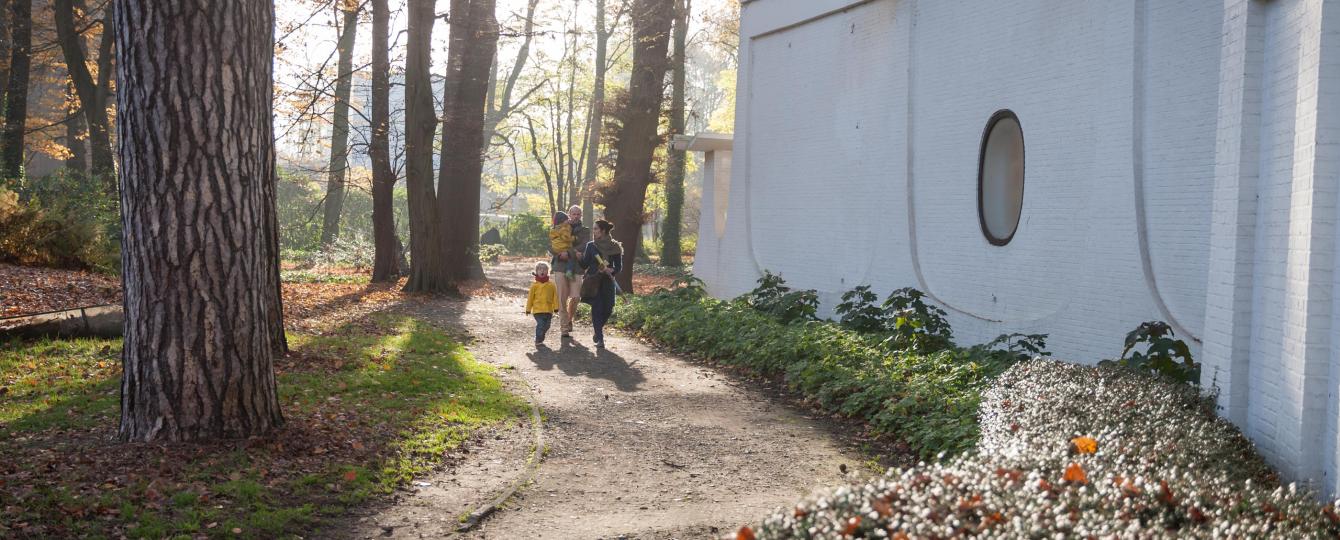
The Braem Pavilion
Renaat Braem is considered one of the most important representatives of post-war architecture in Belgium. Braem sought to reconcile and integrate architecture with art. As a result, he was closely involved in the Middelheim Museum’s development from its inception.

